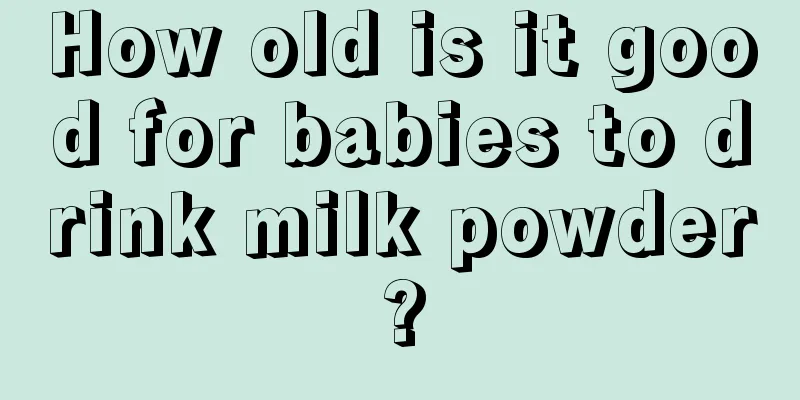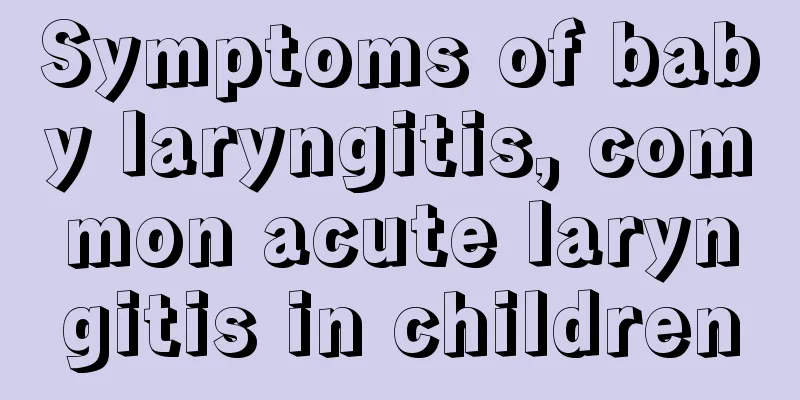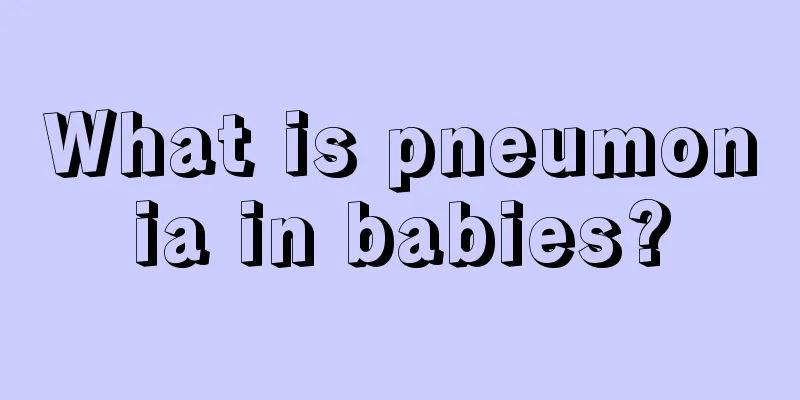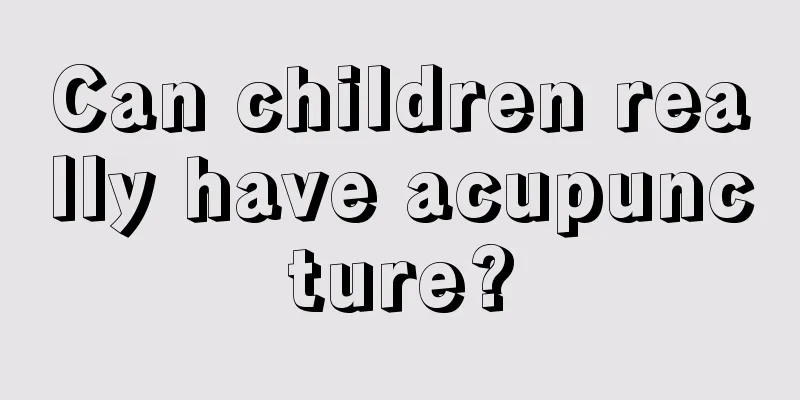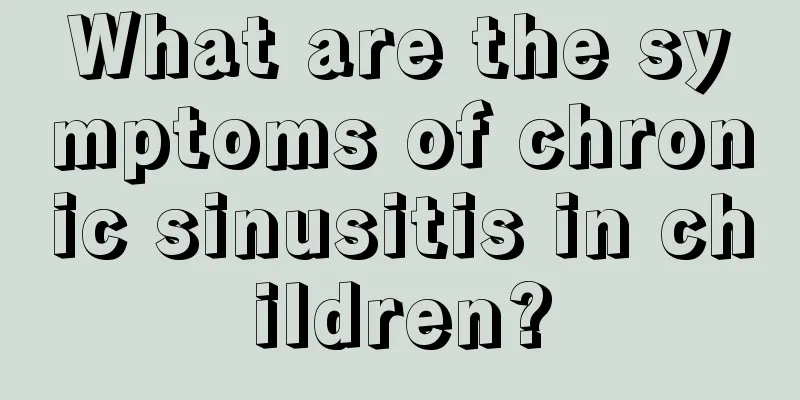Upper respiratory tract infection in children
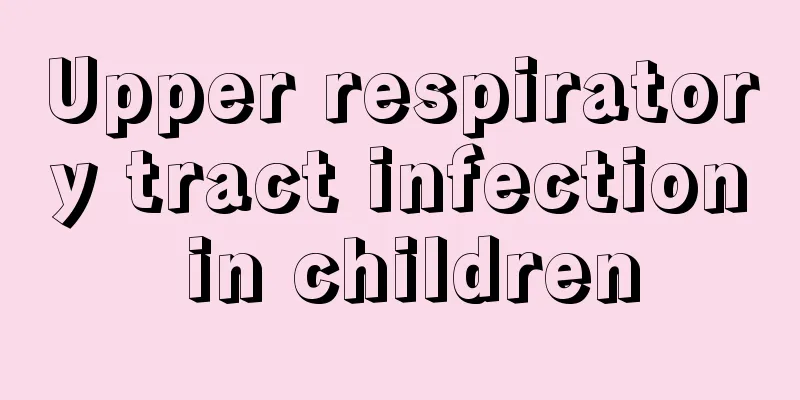
|
Respiratory tract infections are clinically divided into lower and upper respiratory tract infections. Lower respiratory tract infections generally refer to infections in the lungs caused by various pneumonias, while upper respiratory tract infections refer to infections in the nasopharynx and throat caused by diseases such as colds. For children, the most common respiratory tract infection is upper respiratory tract infection. Because upper respiratory tract infections in children often present with cold symptoms, many parents do not pay much attention to them. If the upper respiratory tract infection is caused by a viral infection and is not treated effectively, it may cause diseases such as viral myocarditis, which will cause serious harm to the patient. Many serious internal medicine diseases are caused by upper respiratory tract infections. Therefore, friends must not ignore upper respiratory tract infections. Treatment of upper respiratory tract infections in children 1. Pay attention to rest after being ill, and keep the room with fresh air with a certain humidity. Drink plenty of water and eat a light, nutritious diet. 2. Symptomatic treatment: Take antipyretics for high fever; use 0.5% neomycin-ephedrine nasal drops for nasal congestion; take lozenges for sore throat. 3. Antiviral drugs include triazole ribavirin (ribavirin), which can be taken orally, by nasal drops or intravenously. For critically ill patients or patients suspected of complications of bacterial infection, corresponding antibiotics can be used for treatment. Common drugs include co-trimoxazole, penicillin, macrolides (erythromycin or Lolide), first-generation sporin, etc. 4. Traditional Chinese medicine treatment: It can achieve good results especially for viral infections, and can be given symptomatically for colds caused by wind and cold, or colds caused by wind and heat. Symptoms of upper respiratory tract infection in children The disease occurs about 7 days after infection with the pathogen. Patients with mild symptoms only have nasal congestion, runny nose, mild cough, throat discomfort, no fever or low fever, and the entire course of the disease is 3 to 5 days. The above symptoms in critically ill children worsen, with high fever reaching over 40 degrees Celsius, and even high fever convulsions in the early stages of high fever, headache and neck pain, muscle and joint pain throughout the body, drowsiness, irritability, frequent coughing, sore throat affecting swallowing, and loss of appetite. A few children may experience vomiting, diarrhea, and abdominal pain. Physical examination only revealed redness and swelling of the pharynx and tonsils, and enlarged submandibular lymph nodes in the neck. Examination of the heart, lungs, and abdomen revealed no positive findings. Now that we know the treatment methods and symptoms of upper respiratory tract infections in children, in order to prevent harm to the baby's growth caused by upper respiratory tract infections in children, we must let the baby exercise and strengthen the child's physical fitness. We must also open the windows frequently so that the child can live in a fresher air. |
<<: Two and a half year old baby education
>>: Potential advantages of introverted children
Recommend
At what age can a child speak clearly
When babies are born, they can only cry. When the...
What to do if an eight-month-old baby has a fever and diarrhea
An eight-month-old baby is at the best time to pl...
What is the reason why babies can't hop on both feet?
The baby's body will undergo some changes ove...
What is the normal vision of a 9-year-old child?
Everyone hopes that their children's eyesight...
What are the symptoms of brain tumors in children?
The occurrence of brain tumors is affected by man...
The child convulses after crying
Children may have convulsions after crying loudly...
What to eat for children with bronchitis
Most bronchitis is chronic and is a nonspecific i...
What causes red spots on children's faces?
Children are very weak and have very poor resista...
What diseases should be distinguished from the developmental stunting of little girls?
The most common characteristics of poor developme...
What should I do if my child has a dry and stuffy nose?
We have all had colds in our daily lives. In fact...
Is it good to give your baby a bath at night?
There are still many things to pay attention to w...
What are the consequences of a baby's enlarged gallbladder at birth?
In order to understand the baby's development...
What are the types of fever in children?
Whenever a child is sick, parents are exhausted. ...
What to do if your child's palms and soles sweat
For every family, children are like gifts from Go...
How to treat baby's fever and convulsions?
Now we all have an understanding of baby's di...


